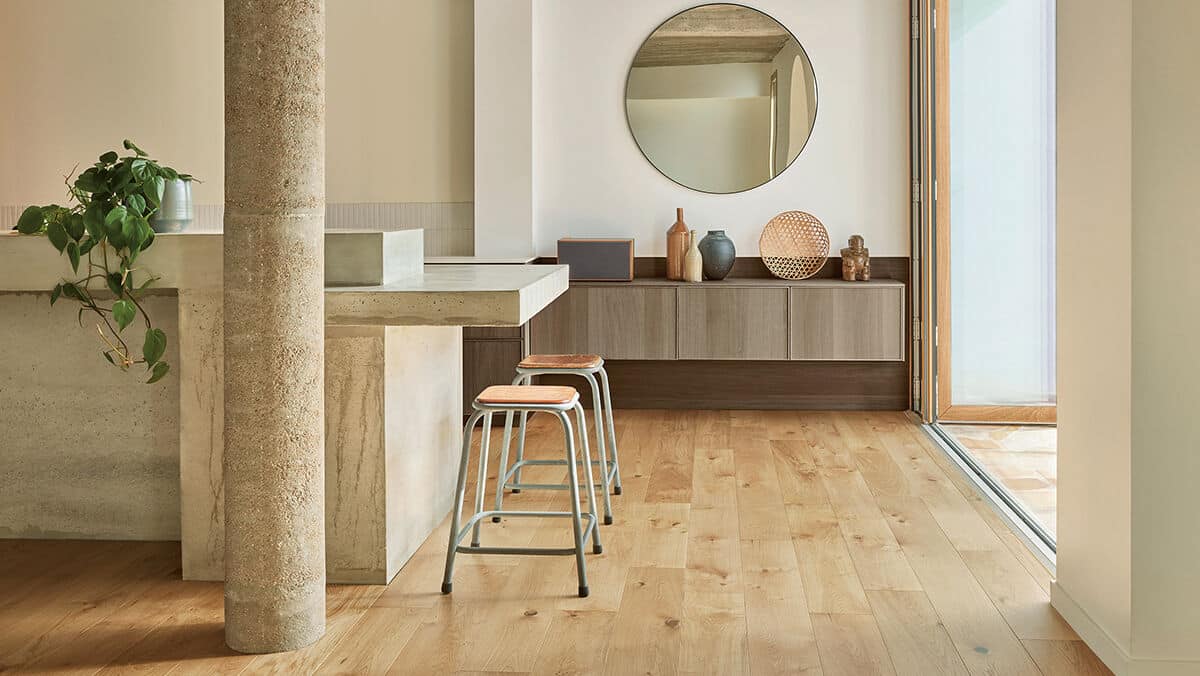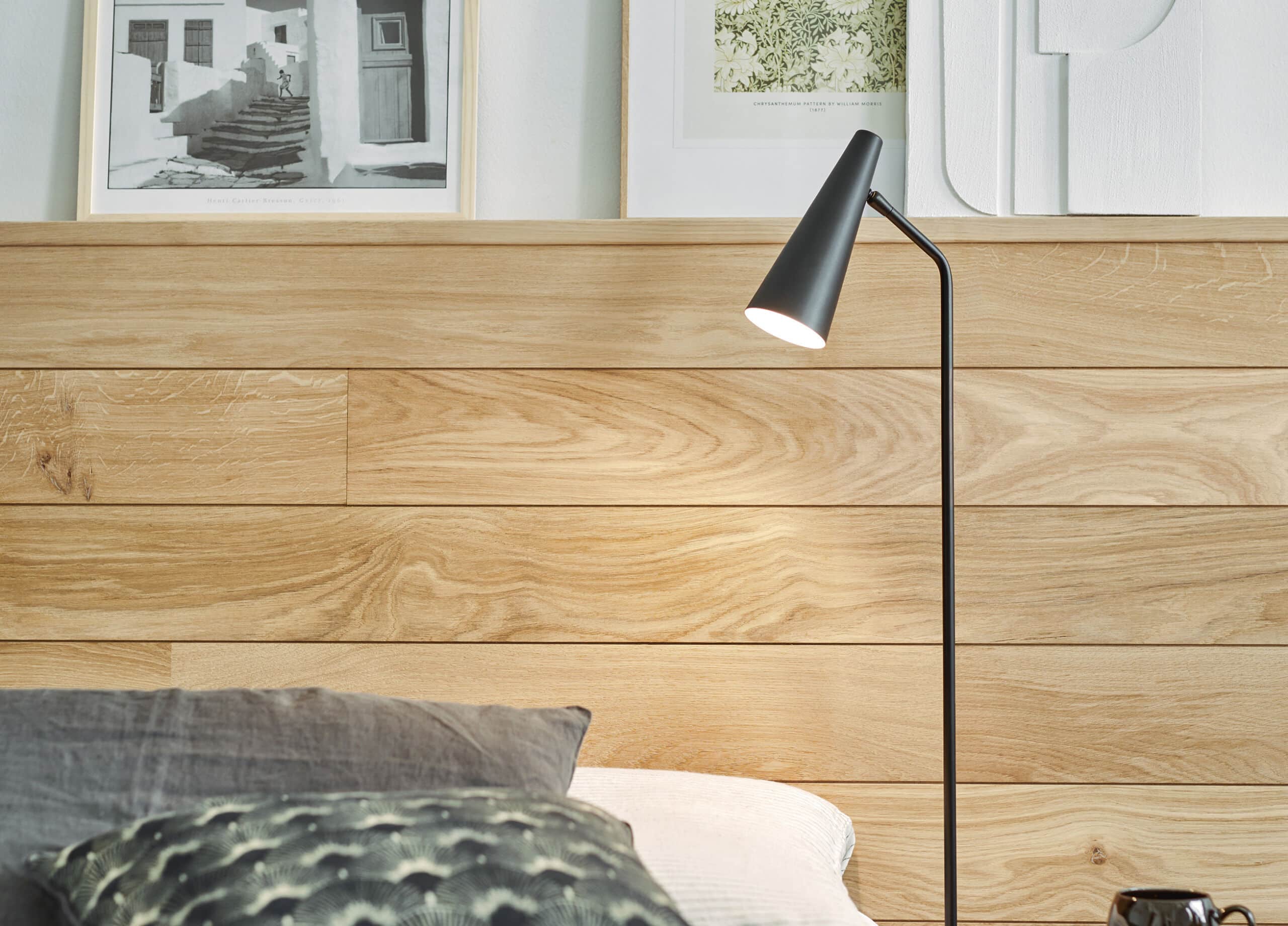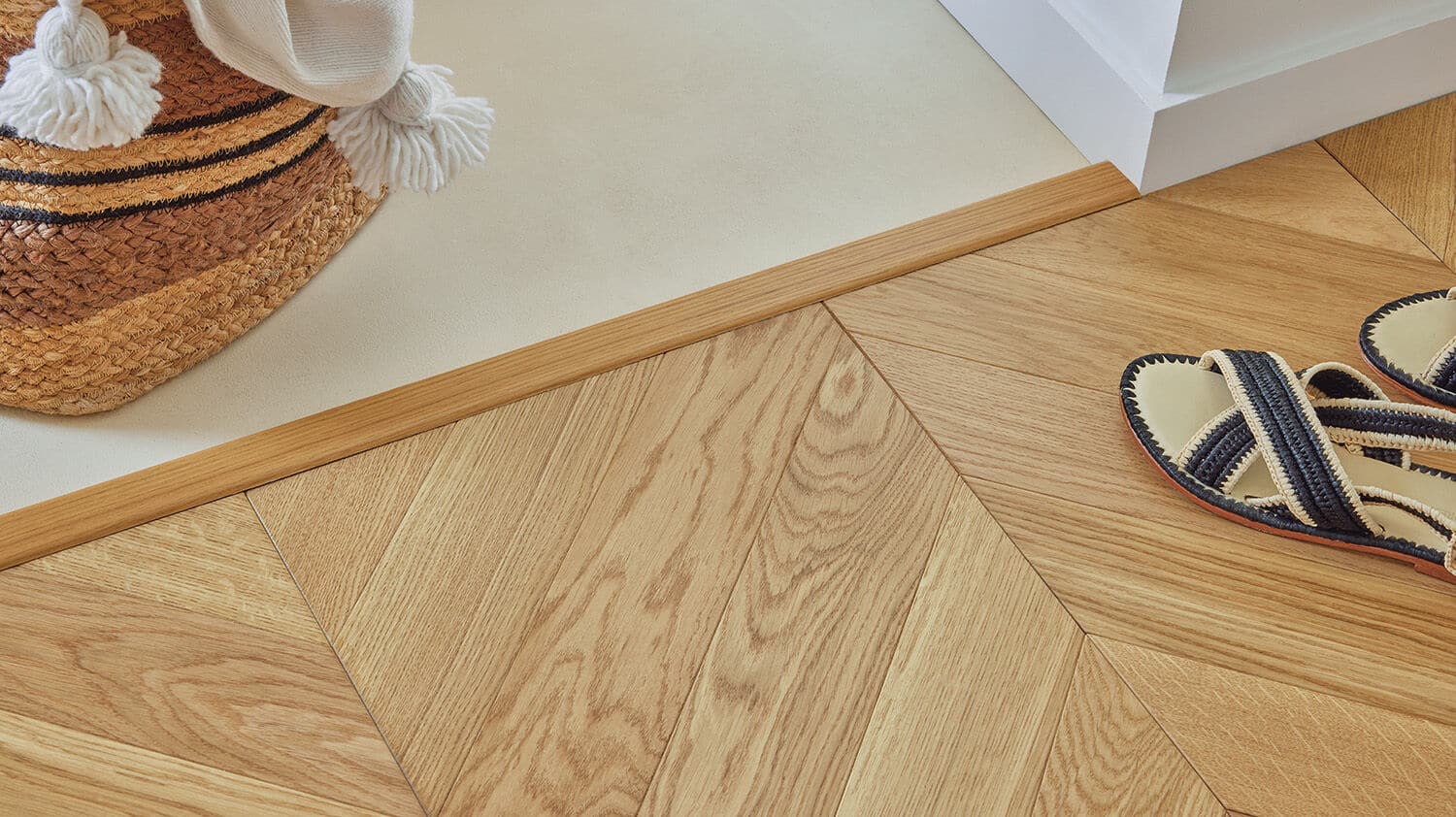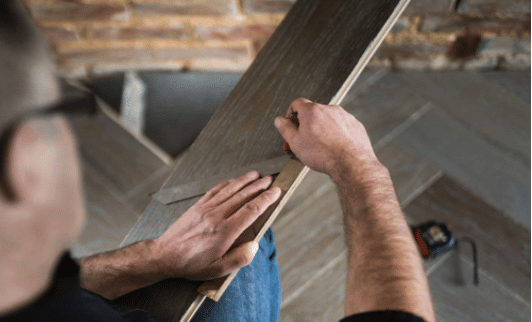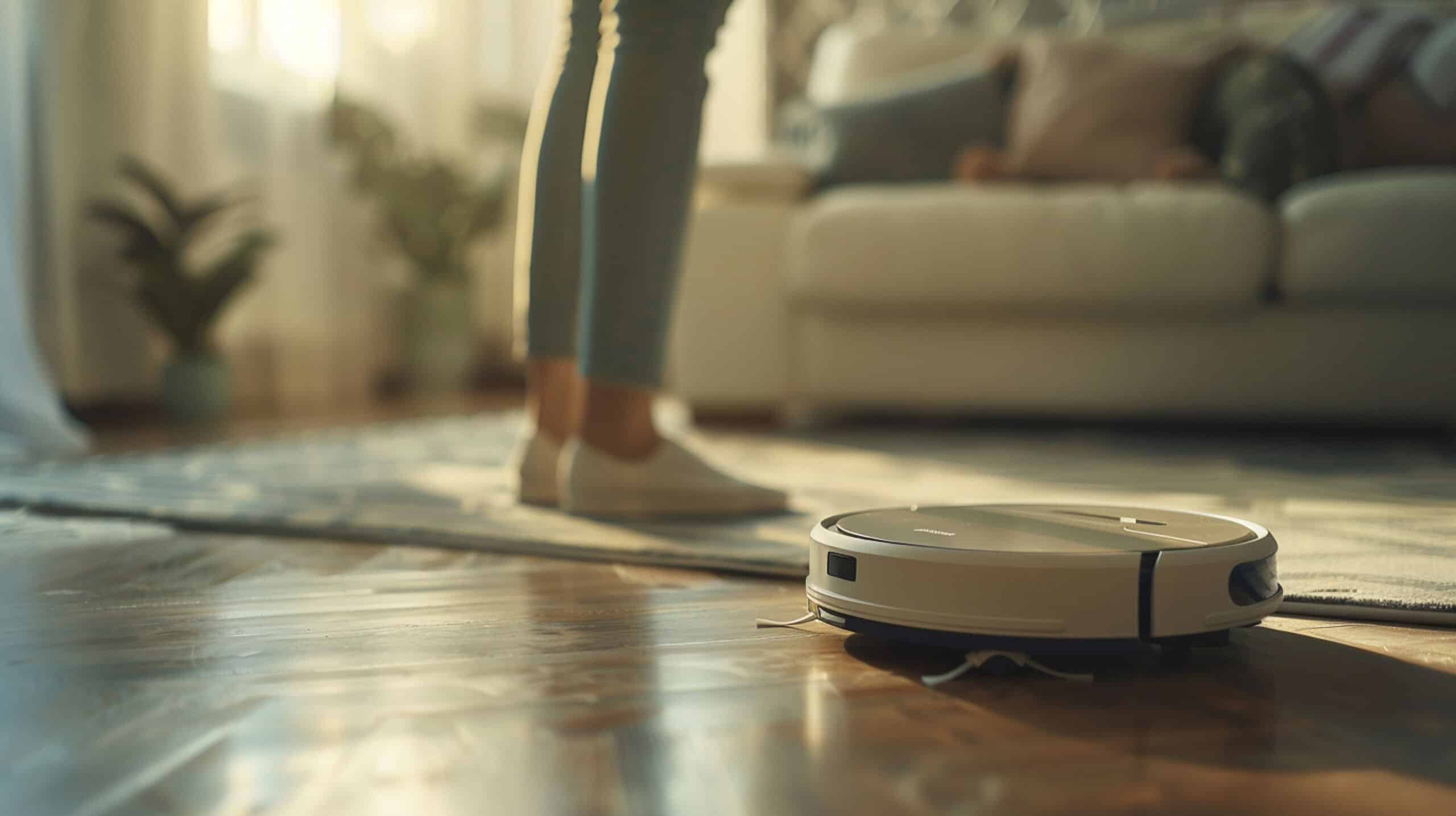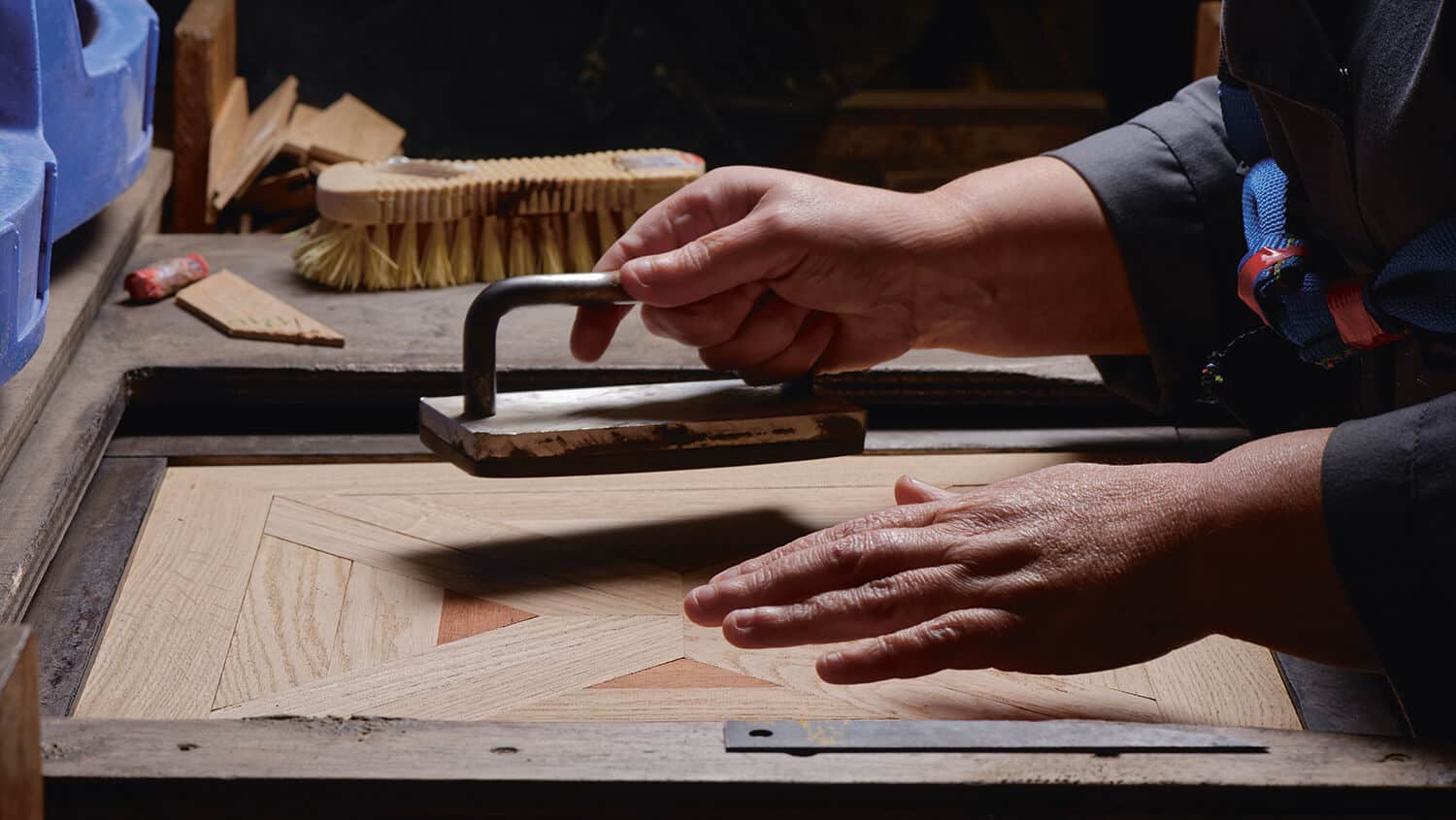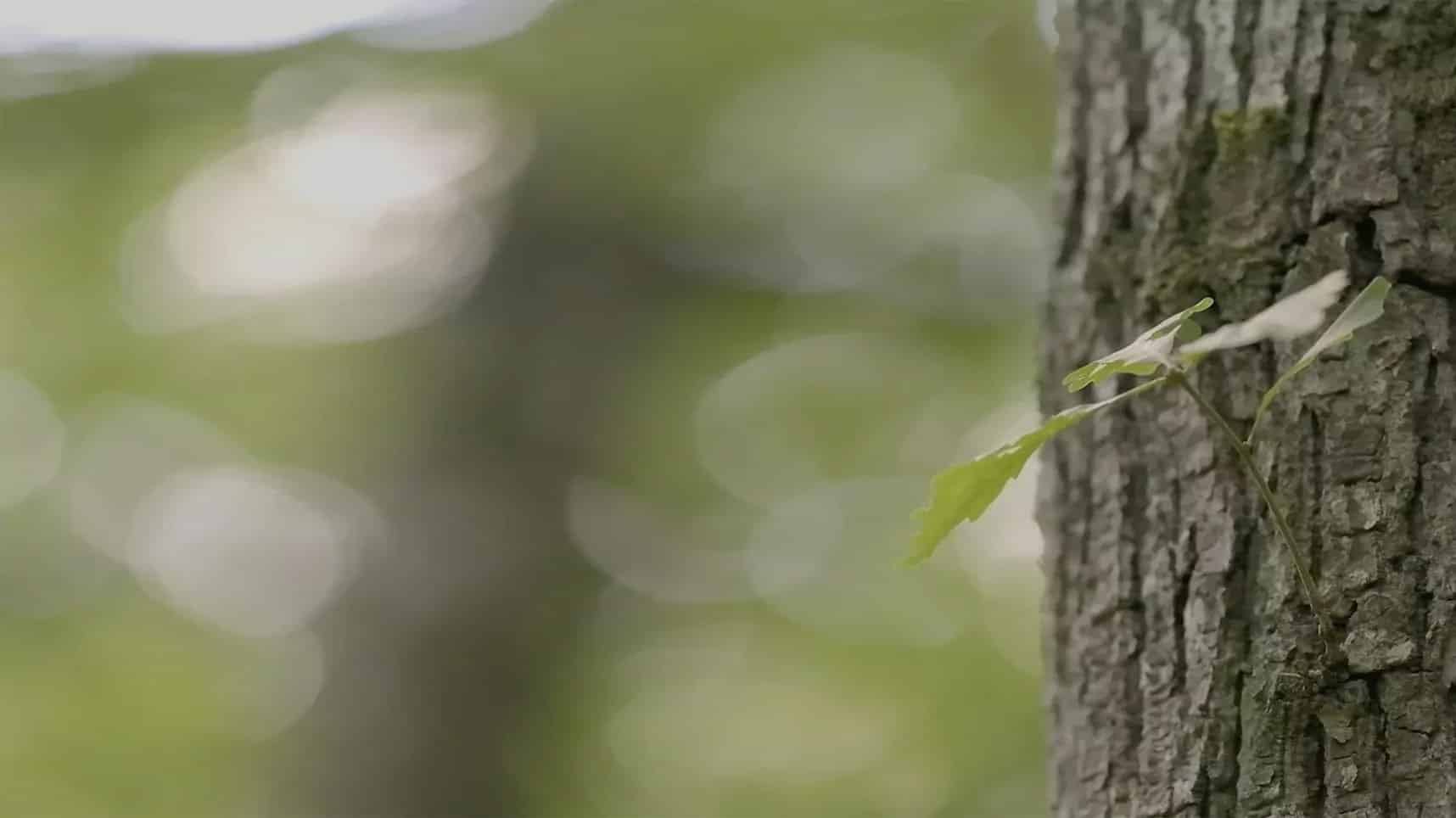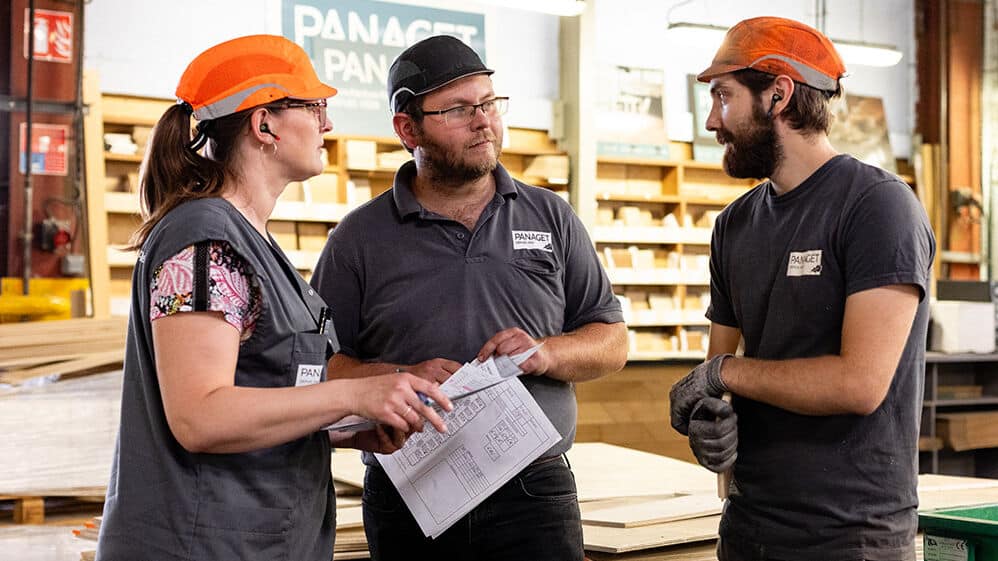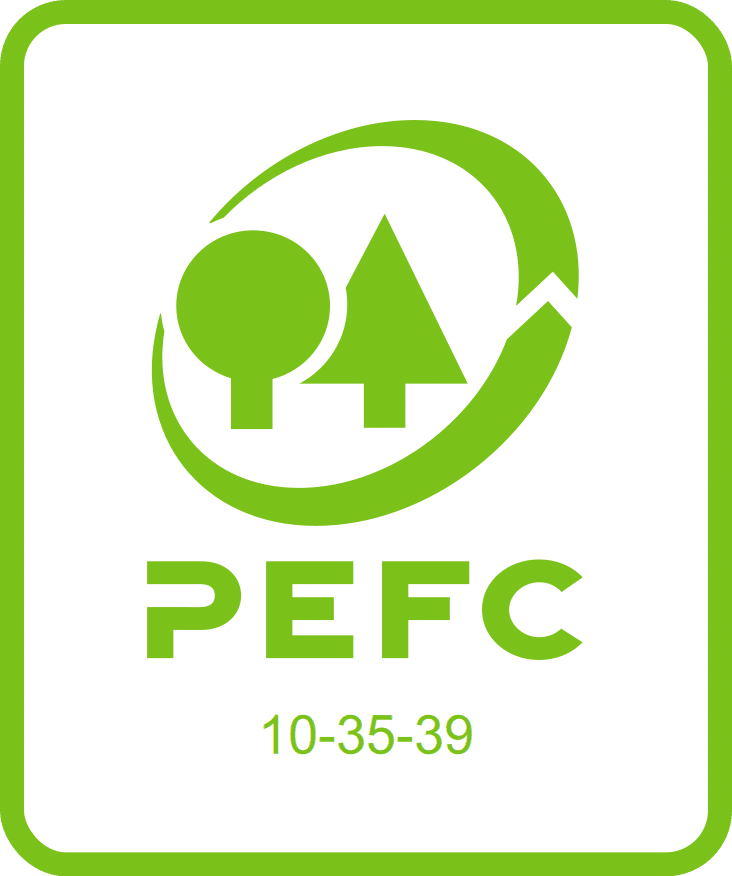Cleaning wood floors
Whether old or new, wood floors bring a certain charm to any home. To keep them looking their best, make sure to clean them well and maintain them on a regular basis. From floating to glue-down wood floors and lacquered to oiled plank, each type of flooring requires a specific cleaning method. So how can you clean your wood floors?
Things to avoid when cleaning your wood floors
Moisture is wood floor’s greatest enemy. You should never clean the strips with a sopping wet mop – make sure you wring it out well before use. You should also always clean wood floors with cold water as heat can damage the surface.
Any particularly aggressive cleaning products should also be avoided. A bucket of cold water with lacquered floor cleaner or natural soap for oiled floors.
Finally, as with any other maintenance product, it is advisable to conduct a patch test on a discreet area of flooring. For further piece of mind, see our guide to choosing the right products to clean your wood floor.
How can I remove stains from wood floors?
It’s inevitable that your wood floor will get stained at some point. Here are a few tips on removing different types of stains:
First of all, establish the finish of your wood floor if you’re unsure if it’s lacquered or oiled.
To do this, examine the stain. If it has only seeped into the surface of the floor, then the wood has a solid, polyurethane lacquered finish. In this case, you should use a clean rag and non-abrasive products to remove the stain. Never use sandpaper or wire wool as they can irreparably scratch the floor.
Conversely, if the stain has penetrated the wood, then the finish is probably oil, as is the case in many period properties. It is easier to deep clean this type of wood floor without having to treat the stained area.
A few tips on cleaning lacquered wood floors
Lacquered wood floors are finished with of several layer of lacquer. This is one of the most common finishes. It helps protect the wood from general wear and tear, moisture and any knocks. Only a stagnant stain for several hours is likely to become fixed. Generally speaking, regular maintenance will make the lacquer easier to clean. See our guide on maintaining your lacquered wood floor for step-by-step instructions.
Here are a few everyday tips on how to remove stains from lacquered floors:
- For moisture or water marks, a little linseed oil on a rag should do the trick
- For oil stains, sprinkle a little flour or talcum powder on the floor and leave to sit before sweeping up
- For ink stains, use lemon juice as alcohol will damage the lacquer. If the stain is still wet, use a clean cork to soak up the ink.
- Finally, if a stain remains visible, the plank should be changed.
See more tips on cleaning lacquered floors
A few tips on cleaning oiled wood floors
Oiled wood floors should also be regularly maintained as the protective oil layer helps to prevent stains from seeping into the wood.
Here are a few everyday tips on how to remove stains from oiled floors:
- For moisture or water marks, use fine wire wool to gently sand the surface before reapplying a layer of oil. If the stain is deep, you can also use fine-grit sandpaper to remove it before cleaning the area with mineral oil and re-oiling ;
- For oil stains, rub the affected area with a clean rag and a little washing-up liquid before rinsing with cold water. Repeat until the stain has disappeared before sanding with fine-grit sandpaper and re-oiling the surface. If the stain is superficial, a sponge and a little bicarbonate of soda should do the tric ;
- For ink stains, use sandpaper to remove the oil coating and the stain before re-oiling.
Sometimes the stain may be too deep for these removal methods to work. In the worst-case scenario, scratches or burn marks may have permanently damaged the wood floor and re-sanding the entire thing may be the only option. In this case, see our advice on restoring a damaged wood floor.

